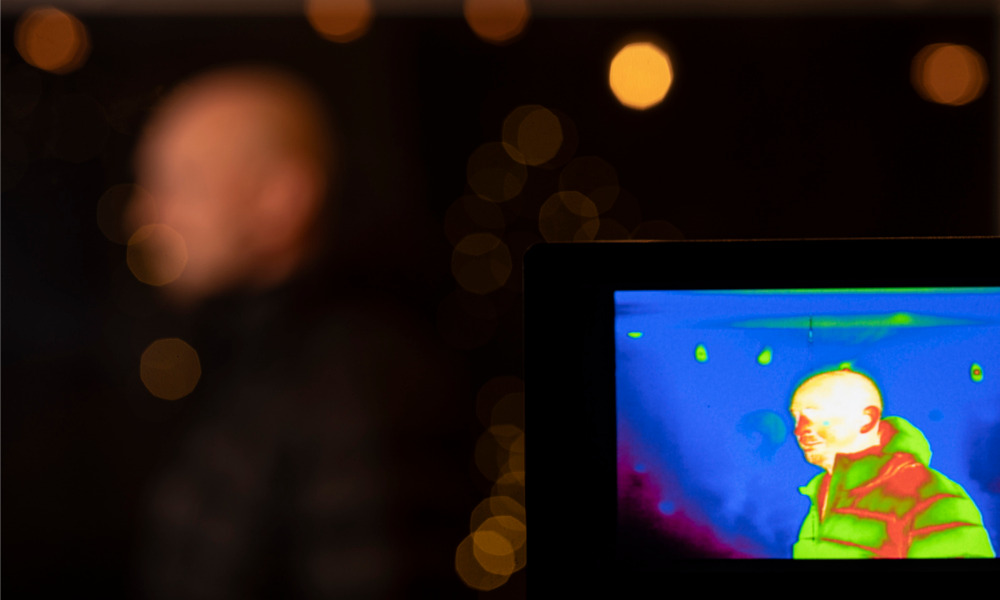‘By getting their counter-virus strategy the right way round, business leaders can minimize potential COVID-19 breakouts’

As stores and factories open their doors after a year of unprecedented disruptions, workplace safety has become a vital issue. As precautions such as mask wearing and social distancing become reflexive practice among workers, it is important for managers to match these efforts by installing visible safety measures at work venues. Any significant overhaul of company practices can be difficult to manage and therefore it makes sense for business leaders to focus on a few concrete first steps towards greater safety.
Symptoms First
When implementing safety procedures, it is important to consider potential hazards. An effective risk assessment must before all have in mind the hazards it is designed to fight. Especially with new technology, there is a need to target physical symptoms at point of contact before viral contagions have a chance to spread. In the fight against long-term COVID-19, and its subsequent variations, managers should look at symptoms first, and build safety plans around them.
Fever has been singled out by leading medical authorities as the key symptom of COVID-19. This is evidenced in a WebMD report, which places fever as the single biggest indicator of coronavirus by a considerable margin (99 per cent). It makes perfect sense, therefore, for workplace hygiene schemes to target fever first and foremost.
For more sophisticated anti-Covid operations, managers need to fine tune their hygiene strategies and target specific identifiable virus markers. Specifically, safety measures must hone in on fever symptoms, as a significant first step to minimizing risks overall.
Solutions Second
Once management has a good idea of viral symptoms, they can start considering the best measures to prevent a potential breakout. A sensible anti-virus frontline makes good use of devices and workarounds that stop symptom carriers from acting as vectors in working environments. Luckily, tried-and-tested technologies exist for this purpose.
Fever can be externally identified by up-do-date temperature imaging technology, such as thermal scanners. More specifically, such devices pick up on full face temperature, which is an exceptionally strong fever indicator. By targeting an indicative yet narrow symptom, re-opening measures can match strategy with predictability.
Moreover, modern thermal scanners can, after a positive reading, instruct high-temperature individuals to leave the premises. This reminds infectious workers to go and stay home, in line with official WHO recommendations that feverous employees do so: “Brief your employees, contractors and customers that if COVID-19 starts spreading in your community anyone with even a mild cough or low-grade fever (37.3 C or more) needs to stay at home.”
By getting their counter-virus strategy the right way round, business leaders can minimize potential COVID-19 breakouts during the sensitive transition back to normal working conditions. With the right technology in place, workplaces can intelligently navigate the pitfalls that await a mass re-opening.
About Tevano
Tevano is the developer of Health Shield™, an AI-driven, electronic device that provides instant body temperature scanning and notifies users if they need to wear a face mask. For more information, please visit www.tevano.com.






